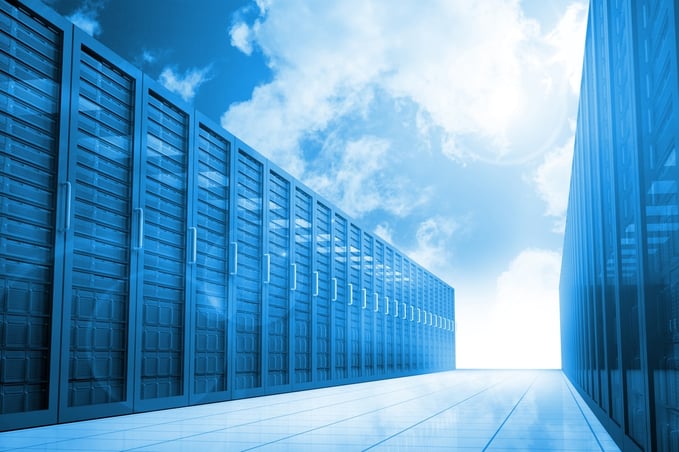What The Heck Is A RAID Array? Why Do I Need One For Medical Imaging?


RAID sounds scary, like something a government agent does when trying to find a dangerous drug smuggling kingpin; but, in reality, it's quite beneficent. RAID stands for “Redundant Array of Independent Disks”. A RAID array, in layman's terms, is a set of spinning magnetic disks, linked together to form an electronic storage system, or a super hard drive. Redundancy implies that one or more of the grouped disk drives are there to ensure that if a drive goes bad (and disk drives do go bad) there is another to take over its function without interruption. RAID is often the standard in businesses where robust resilient storage is absolutely necessary; your medical practice included.
While a RAID is a hard storage system, despite what many people believe, it is not in and of itself a backup strategy. Nor does it provide protection against data loss due to theft, malware, natural or man-made disasters. A RAID is a critically important component of an electronic storage strategy. However, it still requires its integrating devices to comprise a disaster proof strategy.
So Why Do I Need One For Imaging Storage?
Most electronic data is stored on hard drives. And, hard drives fail. It happens all the time - usually when it is most inopportune. Most people don’t pay attention to their hard drives - until something goes wrong. Sometimes we don’t even know they exist. However, the useful life of virtually any hard drive does not exceed five years. When one fails it can take with it all the data that you’ve stored on that drive. And with the size of hard drives now exceeding 4 or more terabytes (or the equivalent of 1.2 million photos, 65,000 hours of music, or 200 of your favorite movies) when one of these babies fail you could lose quite a bit.
There are no exceptions. Hardware failure occurs within the most advanced scenarios: in large corporations floating in their skyrise buildings, in small clinics residing in a picture perfect neighborhood, and even in companies that are claim to be immune to technological fallbacks. A RAID array is your first defense against the inevitable disk drive failure. A disk failure in a RAID array usually does not mean you lose that disk’s worth of data.
RAID arrays are a great part of your disaster prevention plan. They are fault tolerant - not disaster preventers. You RAID should be set up to tell you (send you an electronic message) if a drive fails. This should give you an opportunity to replace that drive and if you do this promptly, and you should not experience any loss of data. Yet, if you ignore the message, or if you forgot to change the address, you may not ever know that the drive failed. Should you ignore this for long and another drive or two fails, you may be sunk.
So a RAID is not perfect, but it is a heck of lot more resilient than the hard drive you never think about in your laptop that includes some really vital data. If your data is important to you, you need a RAID.

RAIDs Are An Important Part Of Your Backup Strategy - But Just A PART!
RAIDs, just like all electronic devices, are physical structures that can fail either due to their own internal mechanical failure or due to some externally generated natural or man-made disaster. So even the most resilient RAID can be quickly destroyed by a flood, hurricane, earthquake, or even a natural gas explosion. Although a RAID is important, it does not prevent disaster. It is just a part of a larger strategy.
Every storage device, RAID included, that contains important data should be copied (backed up) to a duplicate device on a regular and continual basis. Location matters. The greater the geographical distance between your backup and RAID, the better. Should a disaster occur, your primary or secondary backup is out of harm’s way.
The Cloud & Your Disaster Prevention Strategy
Backing up your data to the cloud is a very viable method for maintaining an offsite backup. Cloud storage is often physically housed in a location that is geographically diverse from your facility and itself is usually duplicated in multiple locations.
When you engage a cloud vendor for something like your medical image data, you likely will receive an automated, hands-free backup of all your imaging data, without having to think or remember to make the backups. Often the cloud is directly accessible, so that if something happens to your primary local storage - your RAID - you can connect directly to the cloud and continue operating with little interruption to your business.
Final ThoughtRAID arrays are quite suitable as a storage medium for your important data. However, being seduced into relying on a RAID alone is a prescription for disaster. Better data storage strategies include a properly installed and configured RAID with up-to-date notifications set, including the cloud as an offsite, hands-off backup. Such a system is your best protection against potential disasters, however they may arise.


